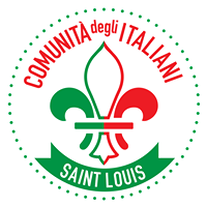|
SUSAN VAN ALLEN - BBC TRAVEL Home to the Mediterranean's biggest coffee port and one of Italy's biggest coffee brands, Trieste is a city built on caffeine. In every Italian city, the day's rhythm begins at the café. But in Trieste, a city on Italy's north-east coast, that rhythm comes with a twist. Wander into any café here and, in addition to the familiar clinks of cups and hissing of steaming milk, you'll hear people ordering "capo in b": a mini cappuccino served in a glass that's a favourite of Triestini. It's one of the many reasons why this city sandwiched between Slovenia and the Adriatic in the top ruffle of the boot is unlike anywhere else in Italy. "I thought I needed a PhD to order coffee when I first moved here!" said Maria Kochetkova, editor of In Trieste, an English-language magazine for the city's many expats. "Instead of a 'caffé' (espresso), you order a 'nero'; for a cappuccino you say 'caffelatte'." The list goes on. She and her husband, Francesco Stumpo, an Italian from Savona, happily translate Trieste's unique cafe code to help newcomers. As Kochetkova sees it, connecting with the coffee tradition in this city is one of the best ways to truly become a part of Trieste. Cafes are a second living room for many Italians. After home, this is where social life often unfolds, as people from all generations gather with friends to share the latest gossip and pass the time. But in an already coffee-obsessed country, many people might be surprised to learn that this far-flung border city is commonly considered Italy's unofficial "Coffee Capital". Not only are the Triestini said to drink twice as much of the stuff per year as anywhere else in Italy – an eye-popping 10kg of coffee beans each annually – but it's also home to the Mediterranean's main coffee port and one of Italy's biggest coffee brands: Illy. "Coffee is definitely a thing here," said Alessandra Ressa, an English teacher who moved from San Francisco to Trieste 20 years ago. "Instead of just standing at the bar and drinking a quick coffee like in other Italian cities, here we sit down and take our time, we make appointments with each other for caffe. And you never see anyone walking with a to-go cup." Ressa added that even when she and other Triestini go caving in the limestone grottoes that surround the city, theybring along a specially designed heater, pot and cups, so they can take a break with a buon caffé (good coffee). "It's a special pleasure." Coffee is thought to have first arrived in Italy in 1570 when physician Prospero Alpini brought coffee beans from Egypt to sell in Venetian pharmacies. Though the drink was immediately beloved, it aroused suspicion because of its unfamiliar buzzy effects and associations with Islam. Catholics called it "The Devil's drink" and rallied Pope Clement VIII to ban it. But after one sip, the Pope declared it was so good that it should not be exclusive to the "infidels". By the mid-17th Century, elegant cafes were established in Venice and Vienna, and coffee was revered as a luxurious drink, enjoyed by aristocrats and intellectuals. Trieste started to catch up with this coffee craze in 1719, when its port was declared tax-free under Austro-Hungarian rule. Trade began with coffee arriving from the Ottoman Empire, and Trieste was soon supplying beans to cafes throughout the Austro-Hungarian Empire – including Vienna's famous coffee houses. Giving the city a big boost was Maria Theresa, Head of the House of Habsburg, who goes down in history as the heroine who turned Trieste into a powerful port city. Bizarrely, she never actually set foot in Trieste, but since the Habsburg territories had gone into huge debt during her father's reign, she looked to the city as a money maker. To jumpstart its economy, in 1751 she shrewdly made Trieste open to all religions – a bold move, given that elsewhere, the Catholic Hapsburg family had deported Protestants, required dress codes for Jews and only allowed Catholics to attend universities. Workers and entrepreneurs soon arrived in Trieste from all over the Mediterranean to start companies and build up the shipping and coffee business. Trieste remains a diverse and tolerant city today. It's home to one of the largest synagogues in Europe, a mosque; and its 19th-Century Serbian Orthodox Church, adorned with gold mosaics and spires, adds dazzle to the historical centre. Wander through the city's streets and you'll notice that the local Triestino dialect can sound more Austrian-German than Italian, with touches of Croatian and Greek. And the coffee business continues to thrive. In addition to Illy, founded in 1933, dozens of other smaller companies roast and blend the millions of bags of coffee beans that arrive from all over the world to Trieste's docks each year. "It's great to open the windows when you drive south," said Ressa. "The air from the warehouses is full of the smell of coffee!" Each October (hopefully returning in 2022), there's the Trieste Coffee Festival, when roasteries open for tastings, restaurants create dishes spiced with coffee and there's a "Capo in B" championship to name the city's best barista. Fortunately for visitors, some of the cafes built in the 1800s that were modelled after Vienna's elegant coffee houses can still be found in Trieste's historical centre. It's a great way to blend in with the Triestini, who casually linger amidst chandeliers and potted palms. These were places where James Joyce would hang out after moving to Trieste in 1904, where political rebels would hold meetings and where American soldiers danced with local signorine during the Allies' World War Two occupation. An outside table at Trieste's Caffè degli Specchi, from 1839, is an ideal spot to take in the city's Piazza Unità d'Italia. Locals claim this is the largest seafront square in the world. Arriving here is breathtaking, with one side open to the Adriatic and the rest flanked by a grand Neoclassical expanse of four-storey pale grey and ivory stone buildings. It's a harmonious vision of arches and balconies, with a gold-faced clock at its centre topped by bronze figures who clang it on the hour. As I watched customers slip in and out of the Specchi's red-leather banquettes, I could imagine a Belle Epoque scene of the past, when four cafes filled this square frequented by ladies twirling parasols and gentlemen in top hats. Beyond the piazza there's Caffè Tommaseo from 1830, a cosy series of pearly rooms adorned with sculpted angels and waiters in crisp jackets and red ties, and La Bomboniera from 1836, a jewel box of a pastry shop offering such Austrian goodies as Linzer and Sachertorte cakes. The duo are managed by the Peratoner chocolate company, and to welcome visitors they give out charming cards that translate Trieste's curious coffee language.
Yet the favourite of every Triestino I met is Caffè San Marco, founded in 1914 and located just outside the historical centre. The scene inside is warm and retains its stunning original design, with bronze coffee leaves bordering its ceiling and an antique copper espresso machine. There's a bookstore on site and marble tables full of customers playing chess. Locals consider the owner, Alexandros Delithanassis, a city hero. A former book publisher, he took over the cafe in 2013 and saved it from demise. Delithanassis has turned the cafe's back room into a place for groups to meet and small concerts and book presentations to be held, giving the establishment a community centre vibe. On my last night in the city, I slipped into the back room and joined a gathering of expats who were from places like England, Finland, Egypt, Australia – even Naples. Inevitably, the conversation turned to coffee, and again and again, I heard something that didn't surprise me: since each of them had moved to Trieste, they had found they were drinking much more of it.
2 Comments
Giorgio Marconi
2/1/2022 12:23:21
Bravissimo! Mi è piaciuto molto l'articolo. Molto interessante e informativo. Mi manca così tanto una buona tazza di caffè. Non vedo l'ora di averne un po' quando sarò lì a maggio.
Reply
Italian Community of St Louis
2/1/2022 21:09:18
Viva l'a e po' bon!
Reply
Leave a Reply. |
AuthorsGiovanna Leopardi Year
All
Archives
July 2024
|
|
Contact us:
|
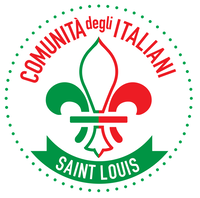
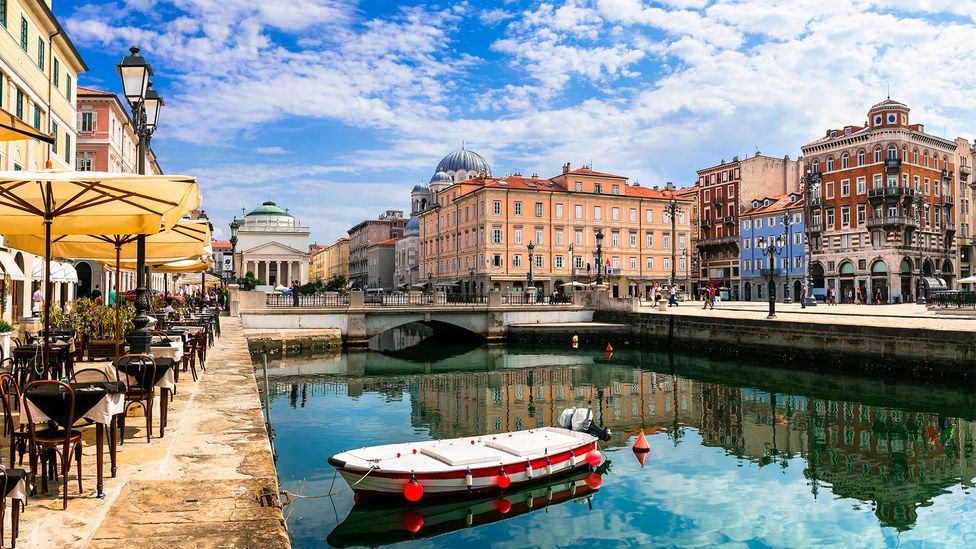
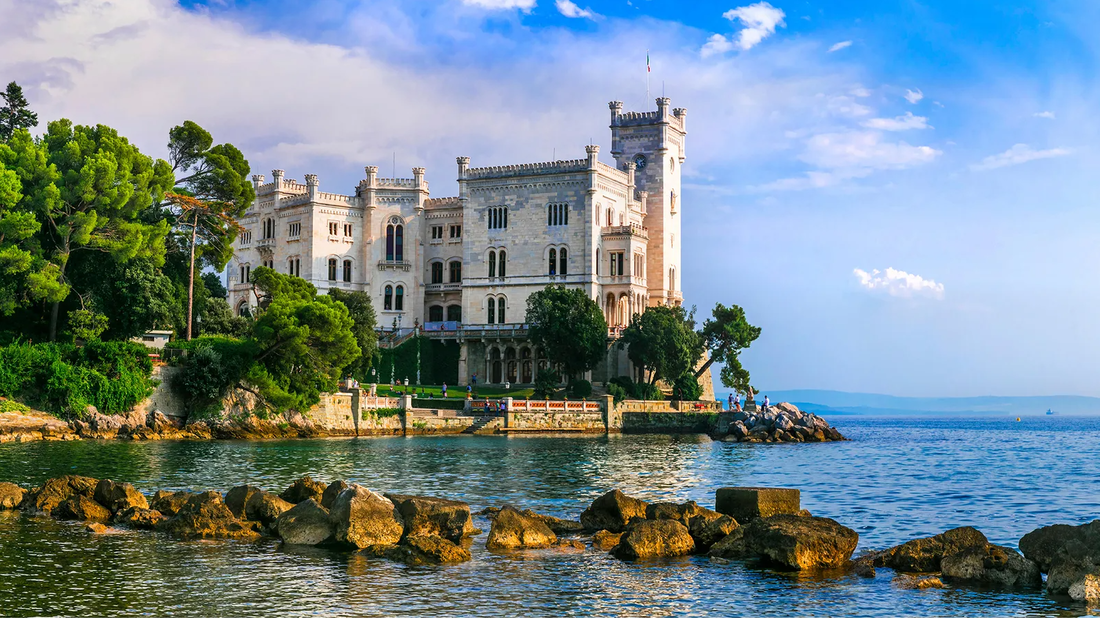

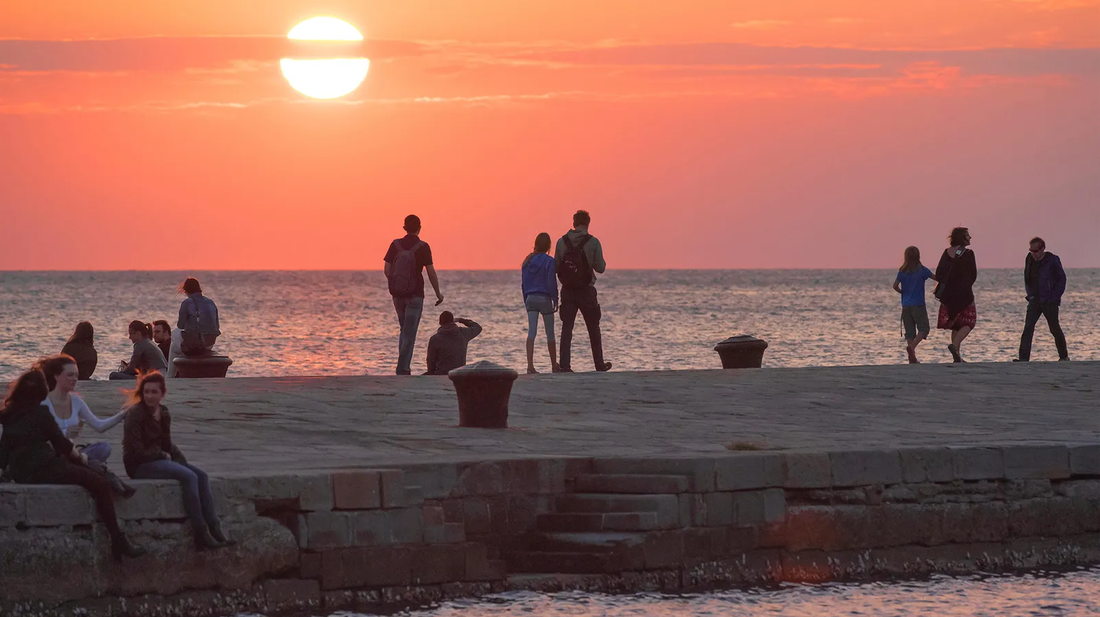
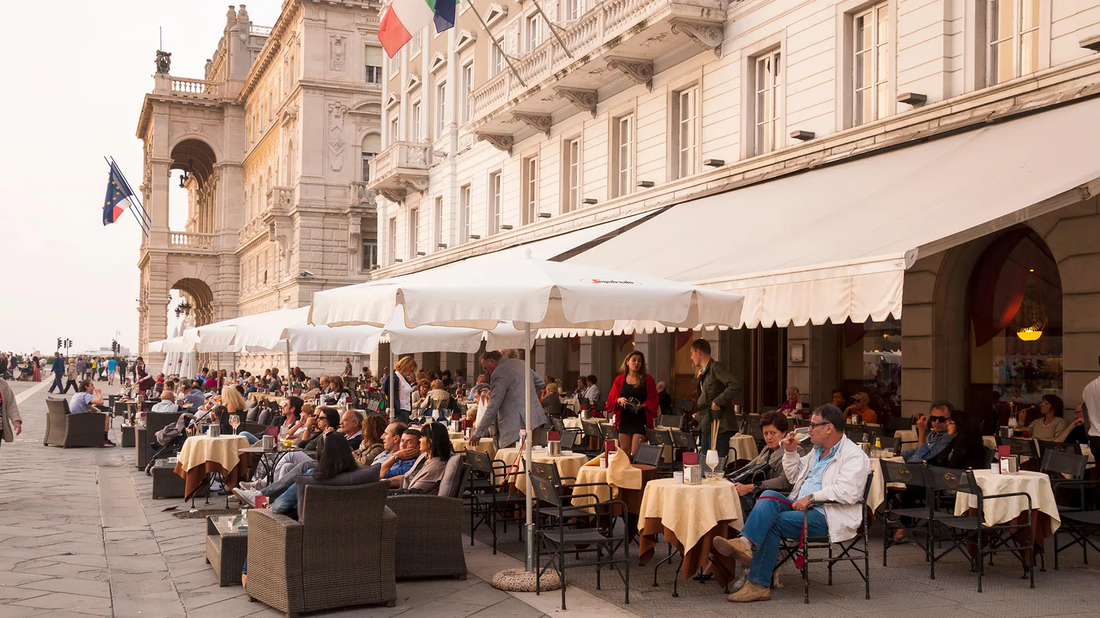
 RSS Feed
RSS Feed
